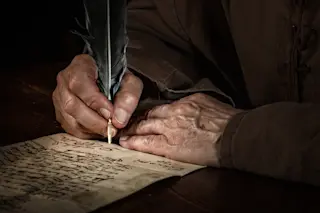Merck’s promotion of Gardasil, its vaccine against the human papilloma virus (HPV), has a complicated history. First there was the exuberant claim about its reputedly great effectiveness in preventing cervical cancer. Now comes the recommendation last month from the Centers for Disease Control and Prevention, that all 11- and 12-year-old boys should be given the vaccine. Of Science and Truthiness
The vaccine for boys is important, say advocates, because reducing HPV in boys will reduce transmission to girls and women---only 32 percent of whom have been getting the shots to date. Giving the shots to boys, they say, promotes gender equity. As a bonus, the vaccine may protect against oral and anal cancers in men who have sex with men. Since a key part of the rationale for vaccinating boys is to protect girls, it’s worth a moment to examine the claims about reducing cervical cancer deaths. Merck won approval ...














